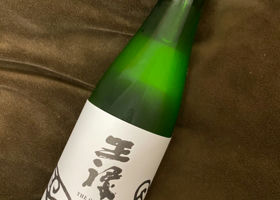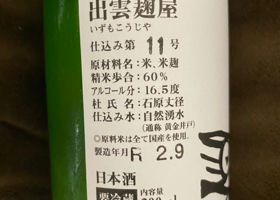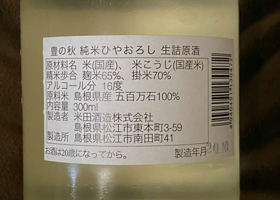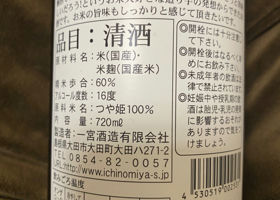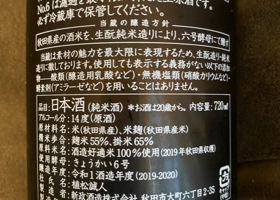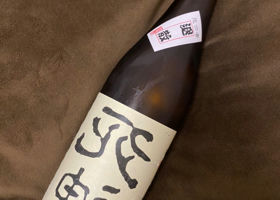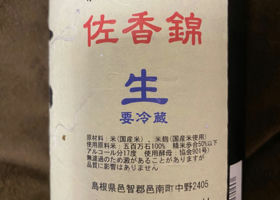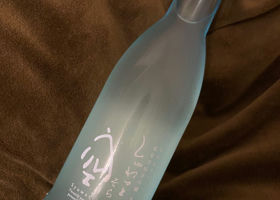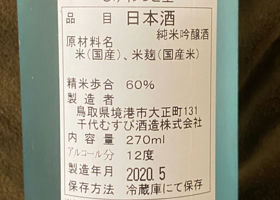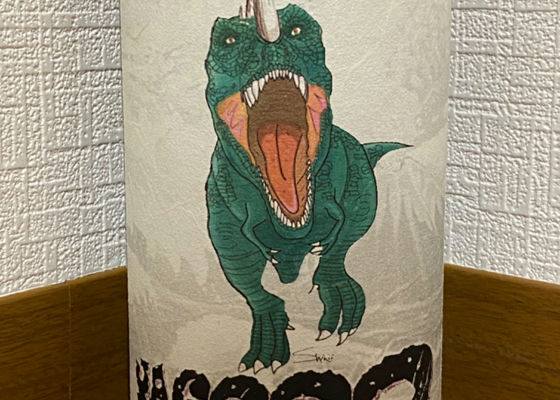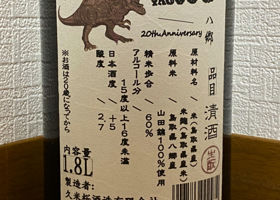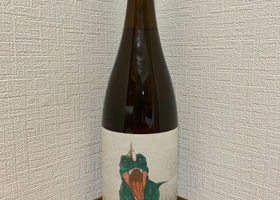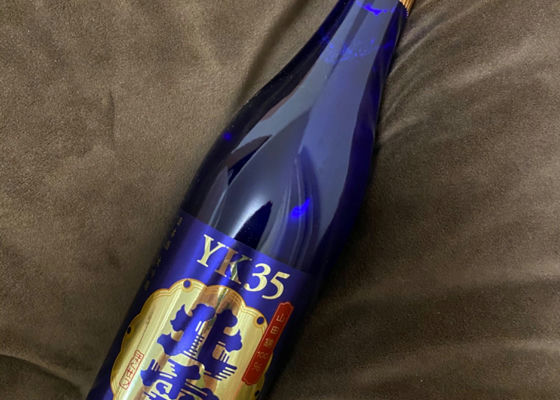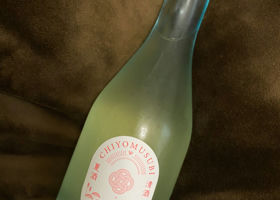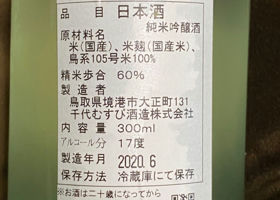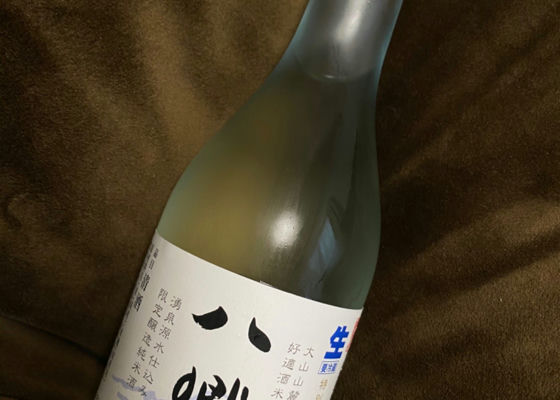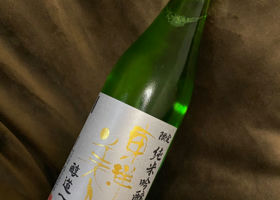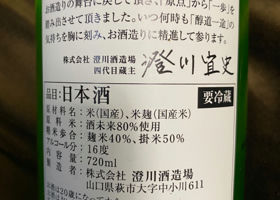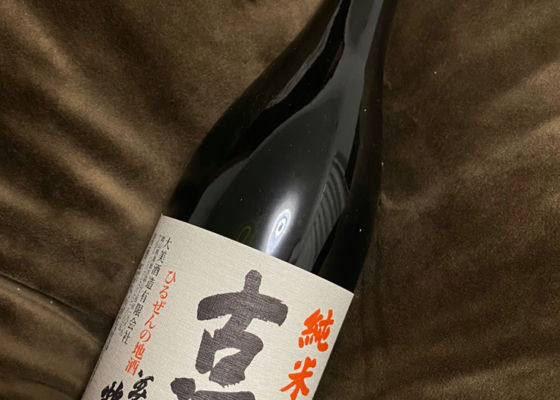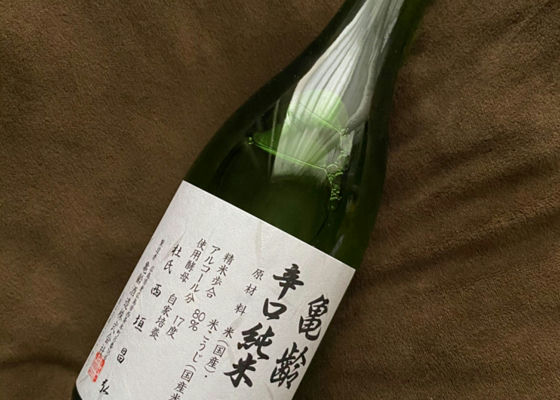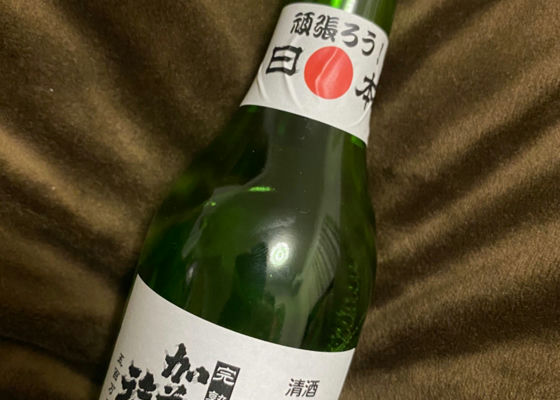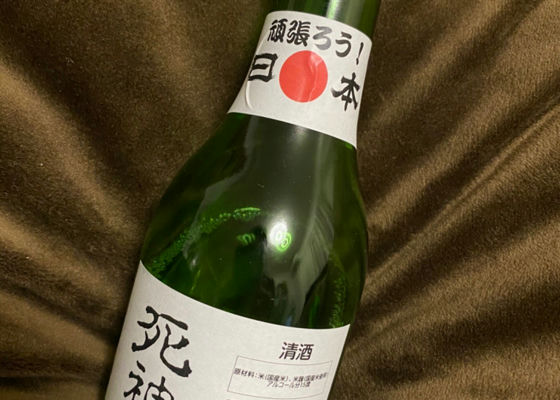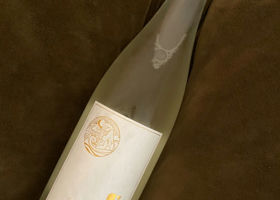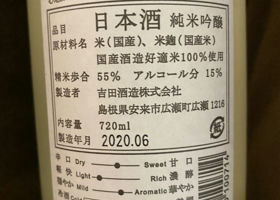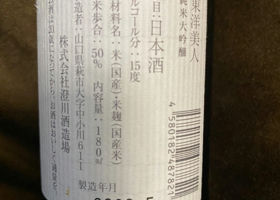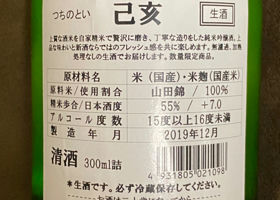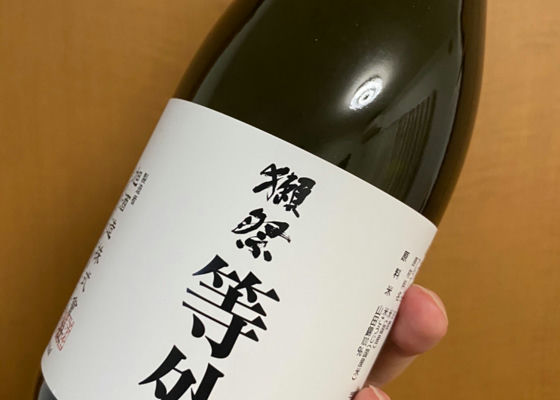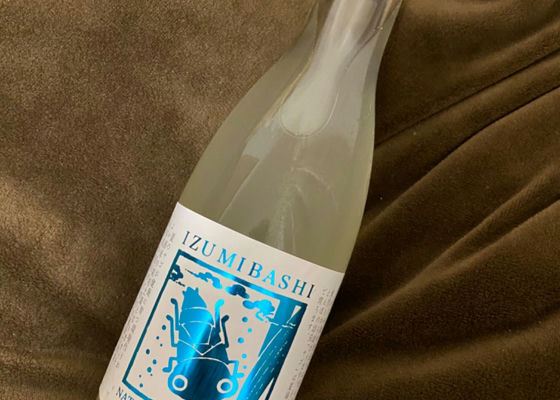
garacchi
It's a great way to enjoy a slightly carbonated beverage.
The aroma is faintly sweet with a hint of rice and lactic acid bacteria drink.
It tastes like flame-broiled sake, but it's a little bit raw.
A pleasantly refreshing taste of sourness and chillier, slightly carbonated water.
It has no alcohol content of 15%, so I think you can drink it straight from the bottle when you open it.
It's not thin tasting or anything, but just easy to drink.
It's said to be opened with caution, but if you don't shake the bottle beforehand, it's unlikely to spurt out even if you open it all at once.
Fortunately? It looks like it's only available in 250ml bottles, but if you buy a #4 bottle or a bottle of wine, you could finish it in an instant.
Japanese>English
